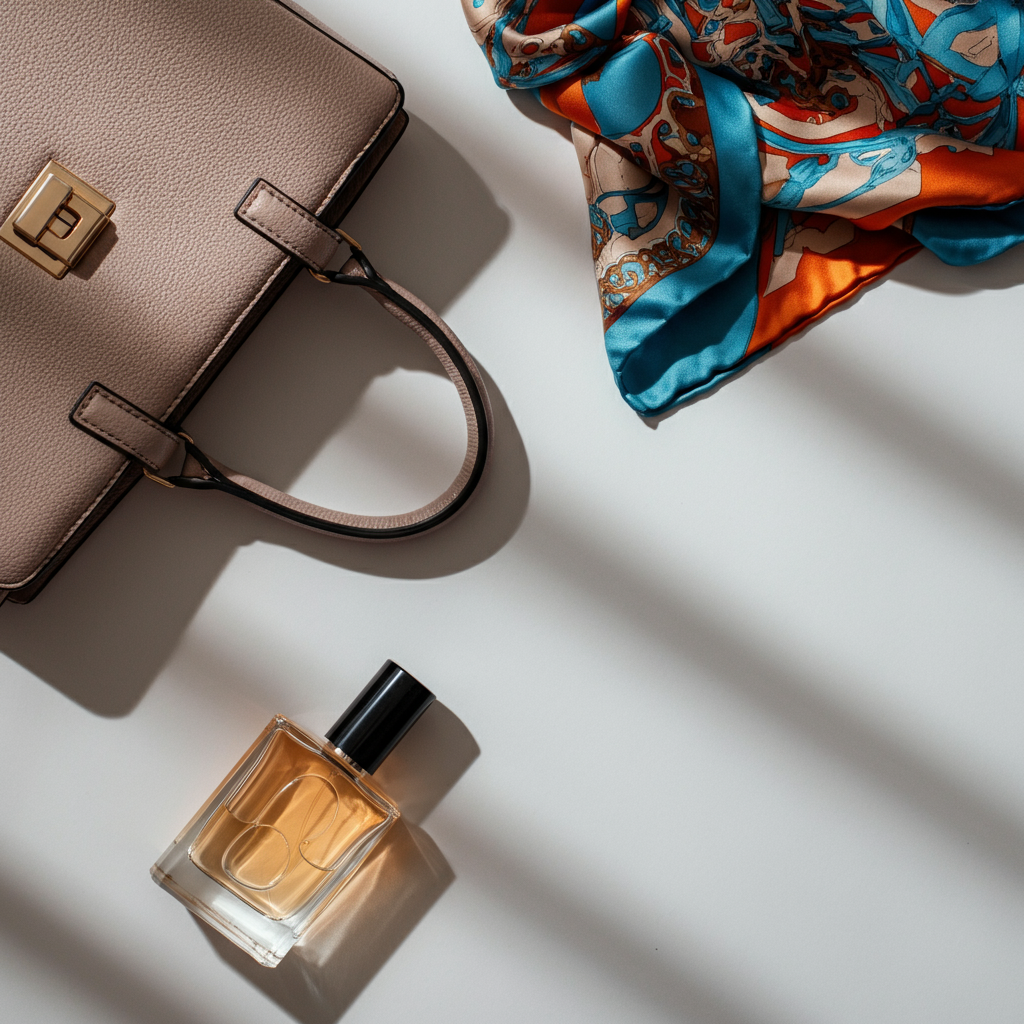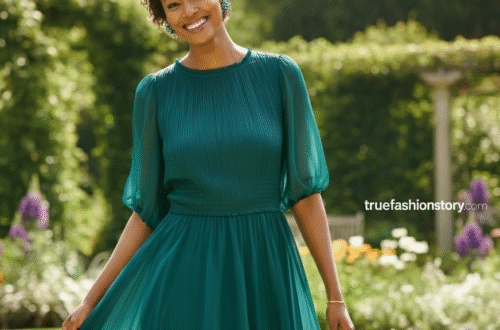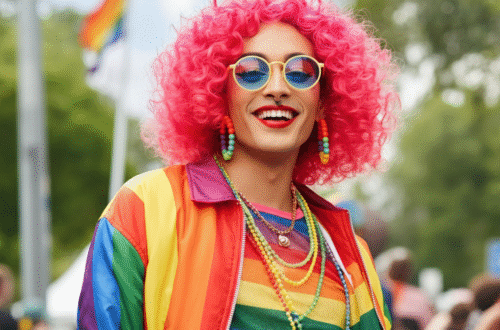Top 100 Luxury Fashion Brands Defining Style
What makes a brand truly luxurious? Is it the price tag, the rich history, or the unmistakable quality? In the world of high fashion, it’s a mix of all these things and more. From Parisian couture houses to Italian leather artisans, the top 100 luxury fashion brands represent the peak of craftsmanship, creativity, and prestige. These are the names that don’t just follow trends—they set them.
This guide will walk you through the elite world of high-end fashion. We will explore the iconic houses that have shaped the industry, the modern innovators pushing boundaries, and what makes these brands so desirable. You will learn about their signature styles, most famous products, and the legacies they have built. Whether you are a seasoned collector or just starting to appreciate the art of fashion, consider this your introduction to the best of the best.
Key Takeaways
- Legacy is Key: Many top brands, like Chanel and Hermès, have over a century of history, which adds to their prestige and value.
- Craftsmanship Matters: The use of fine materials and meticulous hand-craftsmanship is a non-negotiable hallmark of luxury.
- Innovation Drives Relevance: Brands like Balenciaga and Gucci stay at the top by blending their heritage with modern, forward-thinking designs.
- Exclusivity Creates Desire: Limited production, high price points, and a carefully cultivated image make these brands highly sought after.
What Defines a Luxury Fashion Brand?
A luxury brand is built on more than just expensive materials. It’s a combination of heritage, exceptional quality, and a powerful brand story. These companies have spent decades, sometimes even centuries, building a reputation for excellence. Their products are often handmade by skilled artisans using techniques passed down through generations. This dedication to craftsmanship is what sets them apart from mass-market fashion.
Think of the detailed stitching on a Hermès Birkin bag or the intricate beadwork on an Elie Saab gown. This level of detail is impossible to replicate on a large scale. Furthermore, luxury brands offer a sense of exclusivity. Owning an item from one of these houses is like joining a special club. It’s a statement of taste, status, and an appreciation for artistry. The stories and values associated with each brand contribute to their allure, making them more than just clothes or accessories—they are symbols of a certain lifestyle.
The Titans of High Fashion: An Overview
While a definitive list of the top 100 luxury fashion brands can be subjective and shift yearly, a few undisputed titans always remain at the summit. These are the houses that have become household names, synonymous with elegance and opulence. They consistently lead the industry in revenue, influence, and cultural impact.
Brands like Louis Vuitton, Chanel, and Gucci are not just fashion labels; they are global powerhouses. Their influence extends into art, culture, and even technology. They have a rich history that provides a foundation for their modern-day success, and their creative directors are often celebrated as visionaries. As you explore the world of high fashion, you’ll find that these key players are central to the story.
Hermès: The Pinnacle of Craftsmanship
Founded in 1837, Hermès began as a harness workshop serving European noblemen. Today, it stands as a symbol of ultimate luxury and discreet elegance. The brand is celebrated for its leather goods, particularly the legendary Birkin and Kelly bags, which have waitlists that can span years. This commitment to exclusivity and quality is at the heart of the brand.
Every Hermès product is made with incredible attention to detail. The brand famously employs artisans who train for years to master their craft. The leathers are sourced from the world’s finest tanneries, and the hardware is often plated with precious metals. Owning an Hermès piece is an investment in timeless style and unparalleled quality that is designed to last a lifetime and be passed down through generations.
Chanel: The Embodiment of Parisian Chic
Gabrielle “Coco” Chanel revolutionized women’s fashion in the early 20th century, and her legacy continues to define the house of Chanel. Known for its tweed suits, quilted handbags, and the iconic “Little Black Dress,” Chanel represents timeless Parisian chic. The brand freed women from the constraints of corsets, introducing a more comfortable yet incredibly elegant silhouette.
Under the creative direction of visionaries like the late Karl Lagerfeld and now Virginie Viard, Chanel has managed to stay modern while honoring its rich history. The interlocking “CC” logo is one of the most recognized symbols in the world. From its No. 5 perfume to its 2.55 handbag, Chanel has created a universe of iconic products that continue to captivate fashion lovers everywhere.
Louis Vuitton: The Master of Monogram
Louis Vuitton started in 1854 as a maker of flat-top trunks that were lighter and more stackable than the rounded ones of the era. This spirit of innovation and travel is still central to the brand. The LV monogram, created to prevent counterfeiting, has become a global status symbol. Today, Louis Vuitton is a complete lifestyle brand, offering everything from ready-to-wear clothing to jewelry and fragrances.
The brand has a unique ability to collaborate with artists and designers, keeping its classic patterns fresh and exciting. Think of the collaborations with artists like Stephen Sprouse and Yayoi Kusama, which transformed the iconic monogram into a canvas for modern art. This blend of tradition and trend-setting creativity keeps Louis Vuitton at the forefront of the luxury market.
The Italian Powerhouses
Italy is known for its bold, glamorous, and impeccably tailored fashion. Italian luxury brands are celebrated for their mastery of textiles, leather goods, and a confident sense of style.
Gucci: Eclectic and Bold
Gucci has undergone a remarkable transformation in recent years, becoming one of the most talked-about brands in fashion. Founded in Florence in 1921, the brand was initially known for its high-quality leather goods. Under the creative direction of Alessandro Michele, Gucci embraced a vintage, eclectic, and gender-fluid aesthetic that resonated with a new generation of luxury consumers.
The brand’s maximalist approach—mixing patterns, textures, and historical references—made it a standout. While the creative direction has since shifted, Gucci’s influence on modern fashion is undeniable. It proved that a heritage brand could completely reinvent itself without losing its identity, a lesson many in the industry have noted.
Prada: Intellectual and Minimalist
Prada offers a more intellectual and understated approach to luxury. Founded in 1913 by Mario Prada, the brand became a fashion powerhouse under his granddaughter, Miuccia Prada. She introduced the iconic nylon backpack, proving that luxury didn’t have to be limited to traditional materials.
Prada is known for its clean lines, minimalist aesthetic, and forward-thinking concepts. The brand often explores themes of modernity, industrialism, and art, creating collections that are both thought-provoking and highly wearable. Prada has always been a favorite among those who appreciate fashion as a form of intellectual expression.
Fendi: Fur and Fun
Fendi, a Roman house founded in 1925, is famous for its pioneering work with fur and its iconic “Baguette” bag. Karl Lagerfeld, who was the creative director for over 50 years, transformed fur from a simple status symbol into a fashionable and creative material.
The brand is also known for its playful and innovative spirit. The FF “Zucca” logo, also designed by Lagerfeld, has become a streetwear staple. Fendi masterfully balances its luxurious Roman heritage with a sense of fun and modernity, making it a consistent leader in the luxury space.
Comparison of Top Luxury Brands
|
Brand |
Country of Origin |
Known For |
Signature Style |
|---|---|---|---|
|
Hermès |
France |
Birkin & Kelly bags, silk scarves |
Timeless, artisanal, discreet |
|
Chanel |
France |
Tweed suits, 2.55 handbag, No. 5 perfume |
Parisian chic, elegant, classic |
|
Louis Vuitton |
France |
Monogrammed luggage & bags |
Travel-inspired, innovative, iconic |
|
Gucci |
Italy |
Horsebit loafers, GG Marmont bags |
Eclectic, vintage-inspired, bold |
|
Prada |
Italy |
Nylon bags, minimalist ready-to-wear |
Intellectual, modern, understated |
|
Dior |
France |
The “New Look,” Lady Dior bag |
Feminine, romantic, sophisticated |
The New Guard of Luxury
The world of luxury is not just about century-old European houses. A new generation of designers and brands is redefining what luxury means in the 21st century. These brands often prioritize sustainability, inclusivity, and a direct connection with their customers.
- Balenciaga: Under creative director Demna, Balenciaga has become a leader in avant-garde, streetwear-infused luxury. The brand plays with proportions, creating oversized silhouettes and deconstructed designs that challenge traditional ideas of beauty.
- Off-White: Founded by the late Virgil Abloh, Off-White brilliantly merged streetwear with high fashion. Its use of quotation marks, zip-ties, and industrial motifs became instantly recognizable and highly influential.
- Bottega Veneta: With its “quiet luxury” approach, Bottega Veneta has gained a massive following without relying on logos. The brand’s signature Intrecciato weave is a symbol of its focus on craftsmanship over branding.
These brands show that the future of luxury is dynamic and diverse. For more insights into emerging trends and designers, you can find great articles at a resource like truefashionstory.com.
The Broader List: More Brands to Know
Creating a complete list of the top 100 luxury fashion brands is a massive undertaking, but here are some other essential names that belong in any conversation about high fashion:
French Maisons
- Dior: Christian Dior’s “New Look” revolutionized post-war fashion, and the house remains a symbol of feminine elegance.
- Givenchy: Known for its aristocratic elegance and for dressing Audrey Hepburn.
- Saint Laurent: Famous for popularizing ready-to-wear and creating the iconic “Le Smoking” tuxedo for women.
- Celine: The epitome of chic, minimalist Parisian style.
Italian Icons
- Armani: A master of tailoring and understated, elegant design.
- Versace: Known for its bold prints, vibrant colors, and glamorous, sexy aesthetic.
- Valentino: Famous for its signature red hue and romantic, ethereal gowns.
- Dolce & Gabbana: Celebrates its Sicilian heritage with opulent and dramatic collections.
British Royalty
- Burberry: Famous for its iconic trench coat and signature check pattern.
- Alexander McQueen: Known for its dramatic, avant-garde designs and impeccable tailoring.
American Classics
- Tom Ford: Offers sleek, glamorous, and unapologetically luxurious fashion.
- Ralph Lauren: The master of preppy, all-American lifestyle branding.
This is just a glimpse into the vast and exciting world of high fashion. Each of these brands has a unique story and has contributed to the rich tapestry of the industry.
Conclusion
The top 100 luxury fashion brands are more than just clothing manufacturers. They are cultural institutions, guardians of artisanal traditions, and innovators who continually shape our perceptions of style and beauty. From the timeless elegance of Chanel to the modern creativity of Gucci, these brands offer a window into a world of unparalleled craftsmanship and design. Exploring their histories and collections is a journey into the heart of fashion itself. Whether you are investing in a timeless piece or simply admiring from afar, the world of luxury fashion offers endless inspiration.
Frequently Asked Questions (FAQ)
1. What is the most prestigious luxury brand?
While this can be subjective, Hermès is often considered the most prestigious due to its extreme exclusivity, unparalleled craftsmanship, and the high resale value of its products, like the Birkin bag.
2. Which country is most famous for luxury fashion?
France and Italy are the two leading countries in luxury fashion. Paris is celebrated for its haute couture and timeless chic (Chanel, Dior), while Italy is renowned for its high-quality leather goods and bold, glamorous style (Gucci, Prada).
3. Why are luxury brands so expensive?
Luxury brands command high prices due to several factors: the use of the finest materials, the cost of skilled, often manual labor, limited production quantities to ensure exclusivity, and significant investment in brand marketing and heritage.
4. Is it worth investing in luxury fashion items?
Certain items from top luxury brands, particularly classic handbags like the Chanel 2.55 or Hermès Birkin, can hold or even increase their value over time, making them a worthwhile investment. However, this is not true for all luxury goods, especially trend-driven items.





